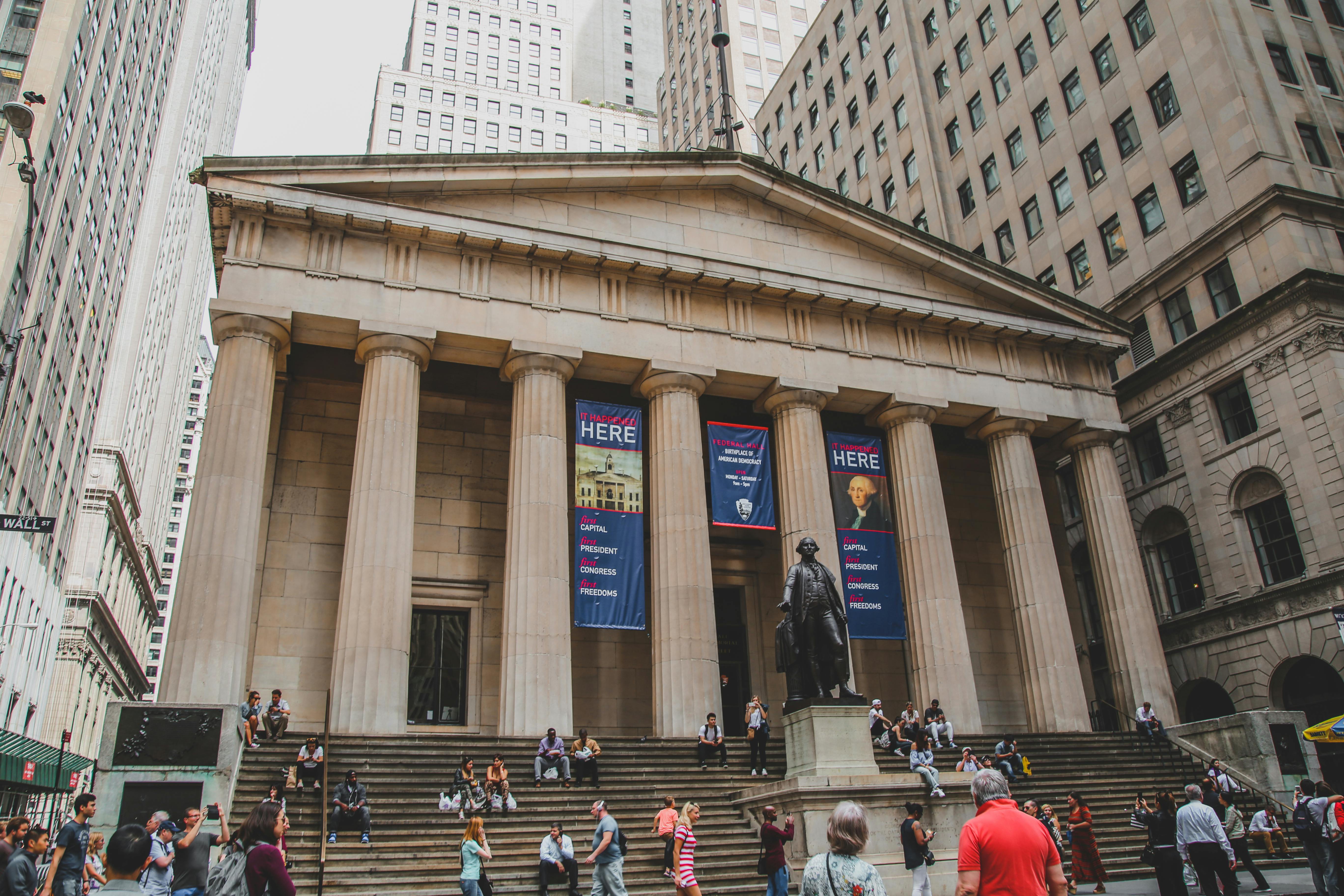Bottom Line Up Front: The Federal Reserve is keeping interest rates steady at 4.25%-4.5%, signaling a "wait and see" approach while the economy remains resilient. This means borrowing costs stay elevated, but savers continue to benefit from higher yields. Two rate cuts are still possible later in 2025, but don't count on dramatic changes anytime soon.
The Federal Reserve made headlines again this month by holding interest rates steady for the fourth consecutive meeting. The central bank's benchmark federal funds rate remains in the 4.25%-4.5% range, where it has been since December. But what does this actually mean for your wallet, your mortgage, and your financial future?
Why the Fed Is Playing It Safe
Fed Chairman Jerome Powell suggested there is time to wait for more clarity, saying "For the time being, we are well positioned to wait to learn more about the likely course of the economy before considering any adjustments to our policies". The central bank is navigating a complex landscape of economic uncertainty, including concerns about inflation and trade policy impacts.
The Fed's latest outlook shows they've lifted their forecast for inflation in 2025 from 2.7% to 3%, while overall economic growth is now likely to fall to 1.4% from a previous forecast of 1.7%. This combination of higher inflation expectations and slower growth is giving policymakers pause.
What This Means for Your Money
Mortgages and Home Buying
If you're shopping for a home or considering refinancing, the news is mixed. While the Fed funds rate directly influences shorter-term rates, home mortgage rates are less tied to the federal funds rate, instead closely tracking government borrowing costs, which have also remained elevated.
What you can expect:
- Mortgage rates will likely remain high for the near term
- No immediate relief for potential homebuyers facing affordability challenges
- Refinancing opportunities remain limited for most homeowners
Credit Cards and Personal Loans
Credit card rates move more directly with Fed policy. With rates staying put, expect:
- Credit card APRs to remain at current elevated levels (often 20%+ for many cards)
- Personal loan rates to stay high, making major purchases more expensive
- Auto loan rates to continue pressuring car buyers' budgets
Savings and CDs
Here's some good news for savers. High Fed rates mean:
- High-yield savings accounts continue offering attractive returns (often 4-5% APY)
- Certificates of deposit remain appealing for risk-averse investors
- Money market accounts provide competitive yields for emergency funds
The key is shopping around—many traditional banks still offer measly rates despite the high-rate environment.
Investment Implications
The Fed's steady approach creates a mixed picture for investors:
Bonds: Ten-year Treasury bond yields ended the session unchanged at 4.39%, while two-year Treasury yields fell 0.01% to 3.94%. Current yields remain attractive for income-focused investors.
Stocks: Markets have shown mixed reactions to the Fed's decisions. Stock returns were mixed Wednesday, with large stocks, represented by the S&P 500, falling 0.03% while small stocks represented by the Russell 2000 Index rising 0.52%.
Looking Ahead: What to Expect
The Fed isn't done yet. The committee indicated, through its closely watched "dot plot," that two cuts by the end of 2025 are still on the table. However, the timing remains uncertain.
The market's expectations surrounding the Fed's next rate cut shifted slightly following the decision. The probability of the Fed leaving rates unchanged again in July rose from 83% to 89%. Translation: don't expect dramatic changes in the next few months.
Practical Steps You Can Take Now
For Borrowers:
- Avoid new high-interest debt when possible
- Consider paying down existing credit card balances while rates remain high
- Shop around for the best rates if you must borrow—even small differences matter
For Savers:
- Take advantage of high-yield accounts while they last
- Consider laddering CDs to lock in current rates while maintaining flexibility
- Build or bolster your emergency fund with these attractive yields
For Investors:
- Don't time the market based on Fed predictions—focus on long-term goals
- Consider diversification across asset classes
- Review your bond allocation—current yields offer compelling income opportunities
The Big Picture
The Fed noted that while economic activity overall expanded at a decent pace and labor market conditions remained "solid," inflation is "somewhat elevated". This economic backdrop suggests the central bank will continue its cautious approach.
The Fed's current strategy reflects a desire to avoid both runaway inflation and unnecessary economic damage. For consumers, this means the current interest rate environment—with its benefits for savers and challenges for borrowers—is likely to persist for several more months.
The bottom line: Plan for rates to remain "higher for longer" than many initially expected. Whether you're saving, borrowing, or investing, this reality should inform your financial decisions for the rest of 2025.
Remember: Economic conditions change rapidly, and Fed policy can shift based on new data. Always consult with a financial advisor for personalized advice based on your specific situation.


